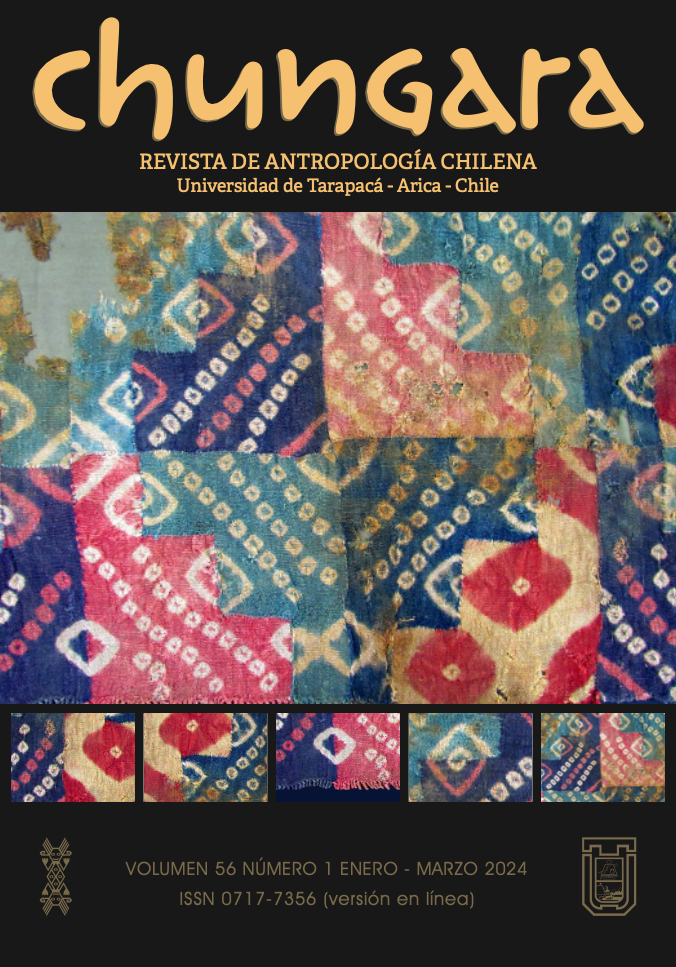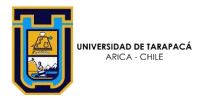202557(en)/27 - Encountering Craft Methodological Approaches from Anthropology, Art History, and Design. Chandan Bose, and Mira Mohsini (eds.). Routledge, London, 2023, 184 pp.
Encountering Craft Methodological Approaches from Anthropology, Art History, and Design. Chandan Bose, and Mira Mohsini (eds.).
Review by Shiyong Wang, and Lijun Meng
The contemporary world is entangled in numerous, interrelated complexities: imperialism, racism, colonialism, oppression, poverty, disempowerment, and entrenched bias, among others. One of the main obstacles to understanding these intertwined issues is a lack of awareness. In the absence of clear criteria for interpreting such challenges, societies have grappled with them for centuries. This raises pressing questions: Do we possess a concrete methodology to address such injustices? How can methodological approaches mobilize the resources needed to resolve these tensions? Encountering Craft: Methodological Approaches from Anthropology, Art History, and Design, edited by Chandan Bose and Mira Mohsini, offers one pathway for dismantling imperialism, colonial mindsets, and systems of oppression through the lens of craft-based research. The contributors to this volume employ diverse methodologies from art, history, design, and anthropology to understand craft as a site of inquiry within each discipline. Rather than defining what craft is or imposing a single framework for its study, the book’s central argument focuses on how various fields have articulated craft as experience, object, and phenomenon. In other words, it examines how craft itself can shape research rather than merely how disciplines study craft.







